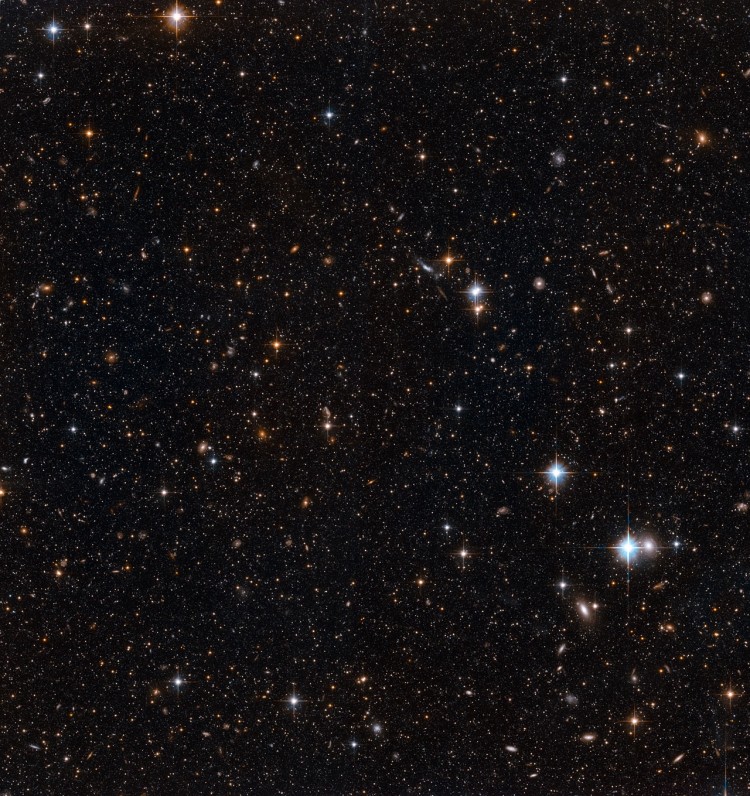NASA has published four close-up shots of Messier 31 (M 31), the Andromeda Galaxy, taken by the Hubble Space Telescope.
Normally, telescopes do not have resolution powerful enough to reveal individual stars in galaxies, but several factors made this possible for M 31.
Hubble’s location above the distorting effects of our atmosphere allows the telescope to capture unprecedented high-quality images, and Andromeda is the closest spiral galaxy to the Milky Way. Also, the views were captured away from its packed center, where it is hardest to see separate stars.
These new visual perspectives draw attention to the large amount of space between the stars, allowing us to see through M 31 to other galaxies beyond.
Two of the images show the galaxy’s huge halo where star densities are lowest, and dark matter could be present in large amounts.
The other two reveal M 31’s galactic disc and giant stellar stream, which are more crowded. The galaxy’s spiral arms form part of the disc, whereas the stream extends outward from the disc and could be the remains of a smaller galaxy that collided with Andromeda.
These measurements, taken from 2004 to 2007, are helping scientists to study the ages and chemistry of a range of stars throughout M 31.
Unexpectedly, the long exposures required to gather the data also revealed the normally invisible galaxies in the far background.






